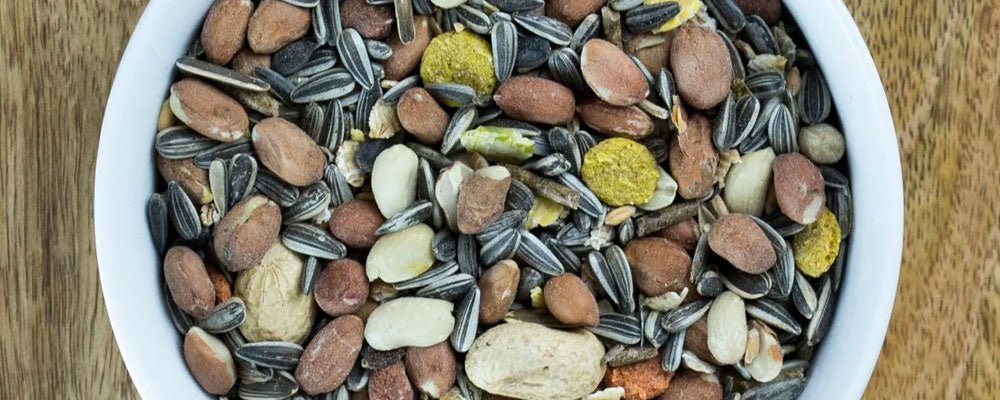
What do squirrels eat and where do squirrels store food?
Squirrels are highly opportunistic creatures, and will make good use of any new food supply that becomes available, including the peanuts from your bird table, the bulbs from your spring border, and even the eggs from your chicken coop.
However, their most important natural food is tree seed, including things like acorns and beech masts. This is where those lethal incisors come in. Trees would obviously prefer that their seeds were allowed to mature and get a chance to germinate, so they have developed an array of different mechanisms to protect them from becoming animal grub.
For example, the tiny seeds of coniferous trees are wrapped up in a tough cone, whilst deciduous trees like the hazel, beech and chestnut have thick coverings for their seeds which may provide protection against some beasts, but melt into insignificance in the face of a determined squirrel.
Squirrels start to exercise their teeth on solid food before they are weaned. It does take a while to learn the finer points though, and the youngsters tend to travel about with their mother for the first week or so until they get the hang of things. Even then they can be pretty inexpert at handling food and in the event of a poor autumn seed crop, they may really suffer due to lack of experience.
Both red and grey squirrels spend most of their active time searching for, eating and storing food. Indeed, nearly all of their travels are aimed at food gathering. Exactly what they eat depends largely upon where they live, and what is available. As you can imagine, the diet of a grey squirrel living beside the cafeteria in Regent's Park is likely to vary somewhat from that of a less cosmopolitan relation resident in the wilds of Wales.
But, there is actually no major difference in the natural foods eaten by red and grey squirrels, although there may be some significant differences in their relative importance, and when they are eaten. For instance, in two oak woodlands under study on either side of the Solent in southern England, the response by grey squirrels to a poor acorn crop was to carry on looking for buried acorns, whilst red squirrels began feeding in the tree-tops on a fungus called Vuilleminia which grows under the bark of dead or dying oak branches.
Tree seeds come in a variety of shapes and sizes. Coniferous trees take a long time to develop the complex cones that envelop their seeds in some cases, like the Monterey pine, over thirty years.
This slow growth process means that developing, ripening and mature cones can be found amongst the canopy throughout most of the year. Where only one species of conifer is planted, squirrels may go hungry in the event of a complete cone crop failure, but in woods of mixed species, they can feed on cone seed nearly all the time.
How do squirrels store food?
Both red and grey squirrels store tree seed for future use by burying it just below the surface of the soil and leaf litter in a cache. They tend to make a large number of caches, each comprising two or three articles, rather than storing all their food in one place, and this behaviour is called 'scatter hoarding'.
Seeds are carried by mouth to a suitable burial ground, and are then pushed into a shallow hole excavated with the front paws. This hole is then covered up by backwards scraping motion with the front paws, and finally the ground restored to its former glory by a firm push with the squirrel's nose.
Despite tree seed being just about the most important squirrel food, there are a whole host of other things that squirrels like to eat, most of which are seasonal. This means that instead of the squirrel's diet being a mix of different foods all the time, they tend to concentrate on each food in turn as it becomes available. This is particularly marked in deciduous woodland, where restriction of the seed season means that squirrels have to make better use of alternative foods. These include flowers, especially those of oak, buds, catkins, shoots, bark, sap, roots, ripening grains like wheat or barley and fungus.
Further dietary supplement may come from artificial foods, especially in the case of the city dwelling squirrels. They have been recorded eating all sorts of unlikely things including plastic cable covering and chips. Indeed, urban Grey squirrels may become quite obese and are usually much heavier than their country cousins.
How do squirrels find their food?
Squirrels search for food using their eyes and their noses. In the case of tree seed, they search the canopy in a meticulous fashion, visiting the tips of all the branches and rummaging through the leaves for food.
Red squirrels are superbly agile when it comes to feeding amongst fine twigs. They are light, and have proportionally longer legs than greys, making them well suited to delicate climbing. The animal usually clings to the twigs with the sharp claws on its hind feet, whilst reaching Out for the tip of the branch with its front paws.
This often involves dangling aloft, in a precarious position, being blown by the wind and rained upon the vertigo sufferer's nightmare. Once the food item has been detached from the tree, it is usually carried away to a safer place for eating.
Smell helps a squirrel find cached food buried under the leaf litter on the ground. Whilst searching, squirrels look like little Hoovers, hopping about with their faces pressed to the woodland floor. They can even do this through a thick layer of snow, as the tracks leading directly to holes and feeding remains will testify.
It is highly unlikely, though, that squirrels can recognize caches that they themselves made the previous autumn. Many squirrels may cover the same piece of ground beneath the tree canopy, and bury their food there. Indeed, it is not uncommon to see several squirrels beavering away cacheing food within a few feet of one another. A squirrel returning weeks later will almost certainly dig up as many of his neighbour's hoards as he will his own.
What do squirrels not eat? What shouldn't you feed squirrels?
Once a squirrel has found its food, it then has to remove all the extraneous bits in order to get a meal. These extra bits are discarded and can be used to help indicate both what squirrels have been eating and where. Seeds in cones are tiny, and come in an extravagant package that requires quite considerable determination and skill to unlock. Squirrels hold cones between their front paws, with the tip of the cone in one paw, and the butt end in the other. In this respect, they may be either left- or right-handed, each animal seemingly always holding the cone tip in the same paw.
The cone is then rotated as the squirrel bites off the bracts and cone scales until it finds a seed. When it does, it lets go of the cone with one paw, and puts the seed into its mouth before continuing onto the next seed. Once all the scales have been removed, and the seeds eaten, the cone core is discarded. Stripped cone cores can be found all over the floor of a coniferous forest, with the scales strewn about them.
They have not always been stripped by squirrels though, and care must be taken not to confuse the cleanly stripped 'squirrelled' cone with the frayed and chewed 'birded' cone, shredded by crossbills, for example. Squirrels aren't dumb either; they will reject any cones that do not provide sufficient return those with very small seeds.
Acorns have a tough covering that can be peeled off using the incisor teeth, but hazel nuts require a bit more skill. The nut is held between the palms, and is rotated using the long toes and claws until the point is upwards. The squirrel then bites a neat hole into the top of the nut, and inserts the incisor teeth before prising the two halves of the shell apart.
Walnuts and almonds are tackled in a similar fashion, although the softer sweet chestnut is peeled rather like an acorn, and the shredded bits of brown skin scattered around beneath where the squirrel was feeding. Despite being large and appetizing-looking seeds, conkers don't seem to be eaten.
Bark stripping for food is common among squirrels. Both reds and greys strip the bark of dead oak branches to scrape off fungi growing underneath. This behaviour leaves piles of small pieces of bark on the ground, and a clean, bright stripped patch on the bough. They may also eat the bark itself, which turns up as a component of the diet almost all the year round. They also strip the bark of living trees and scrape off the soft juicy sappy tissue below, leaving characteristic teeth marks all over the wood.
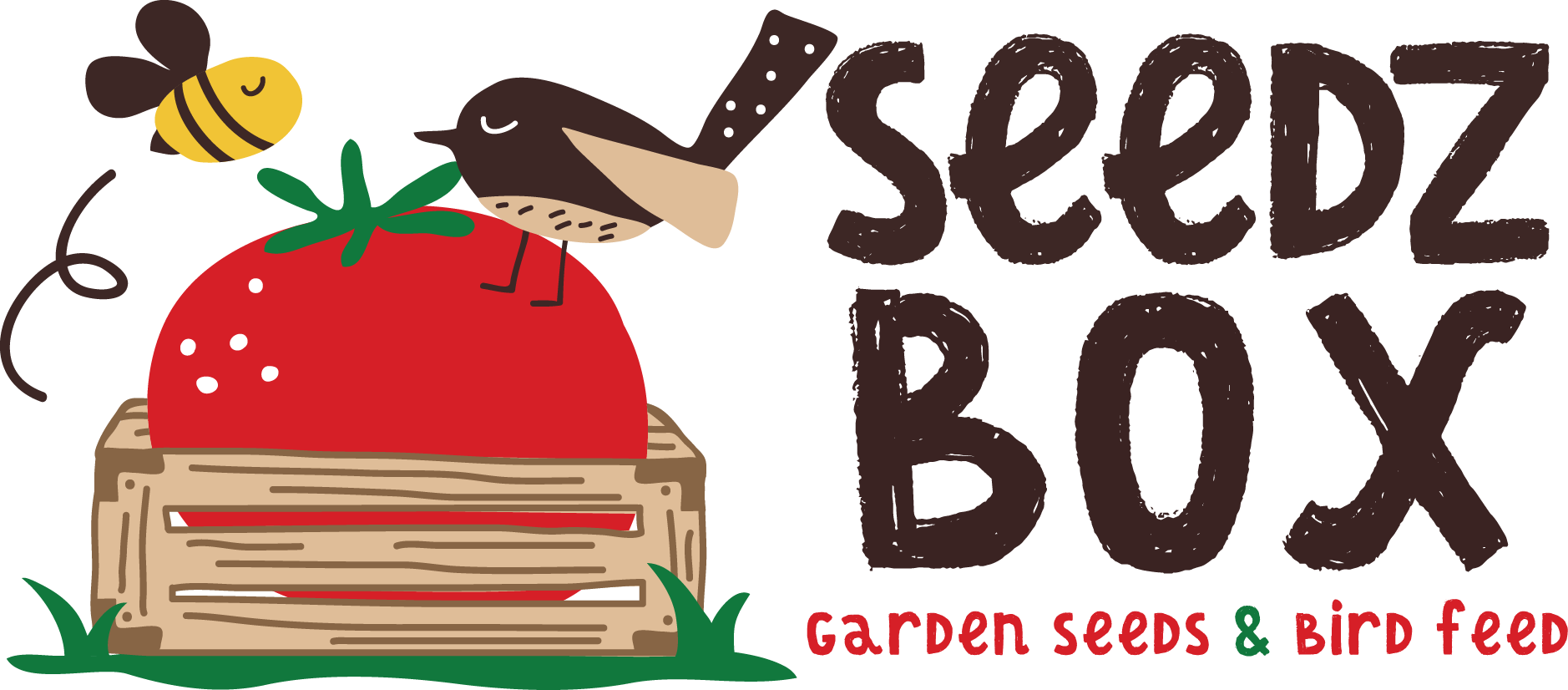
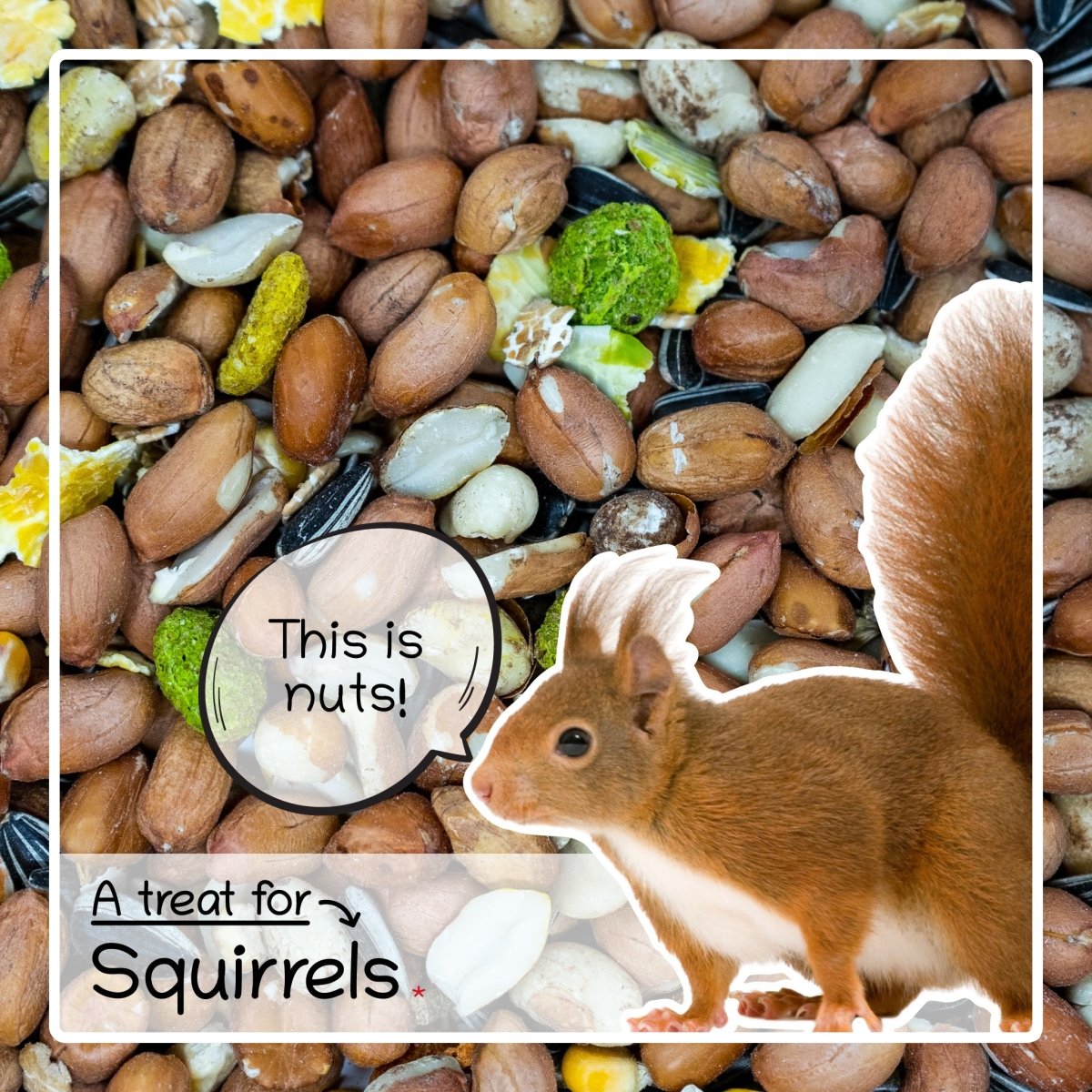
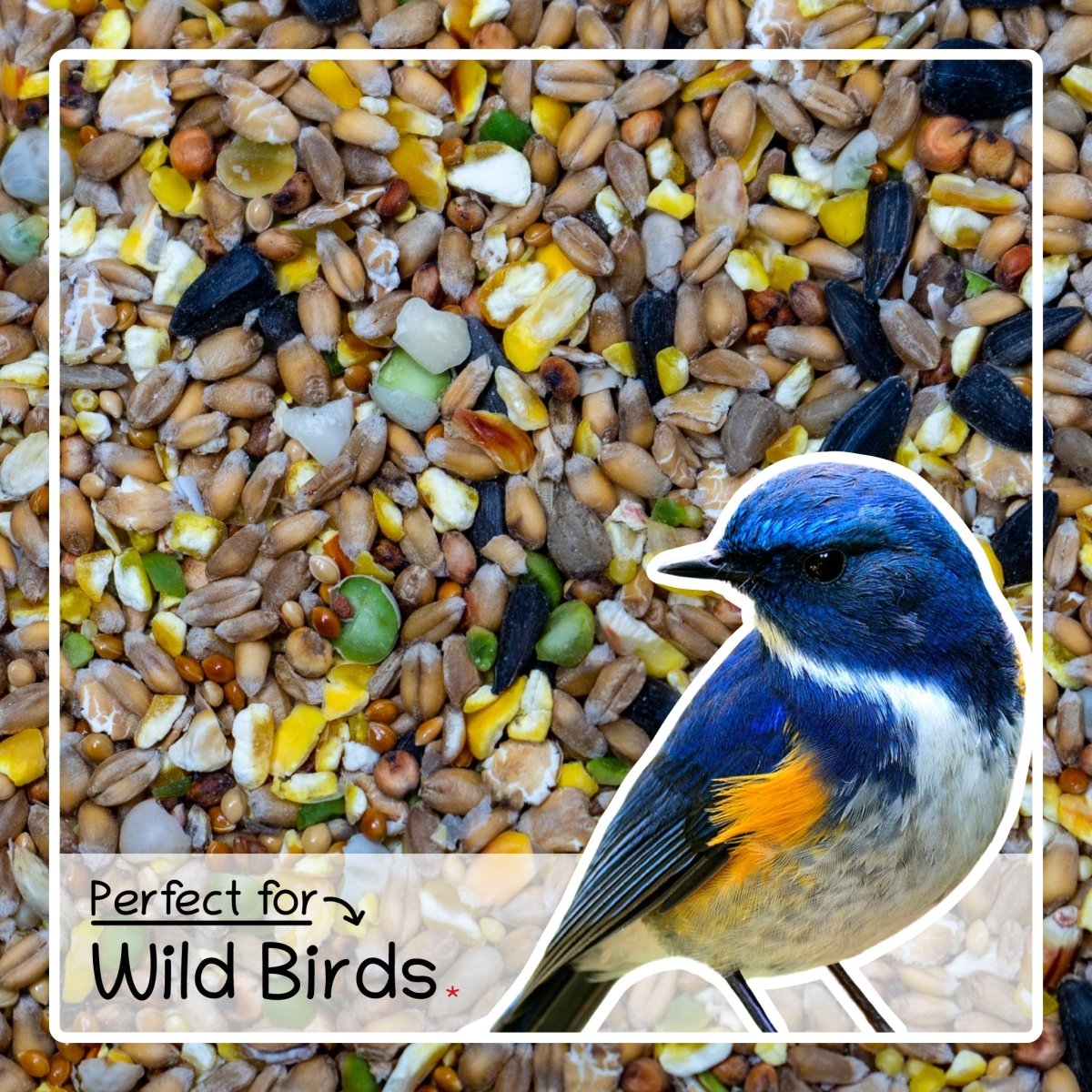
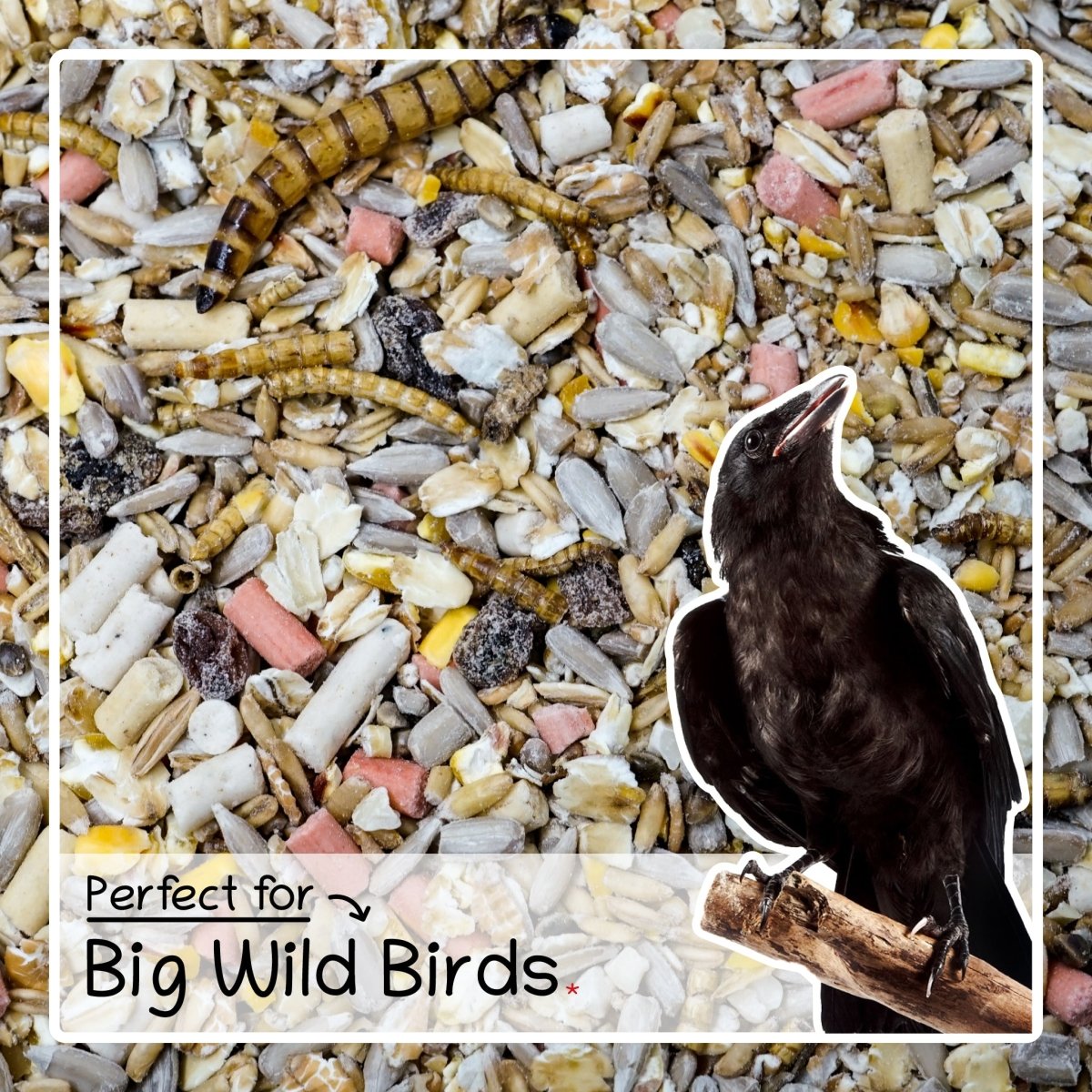
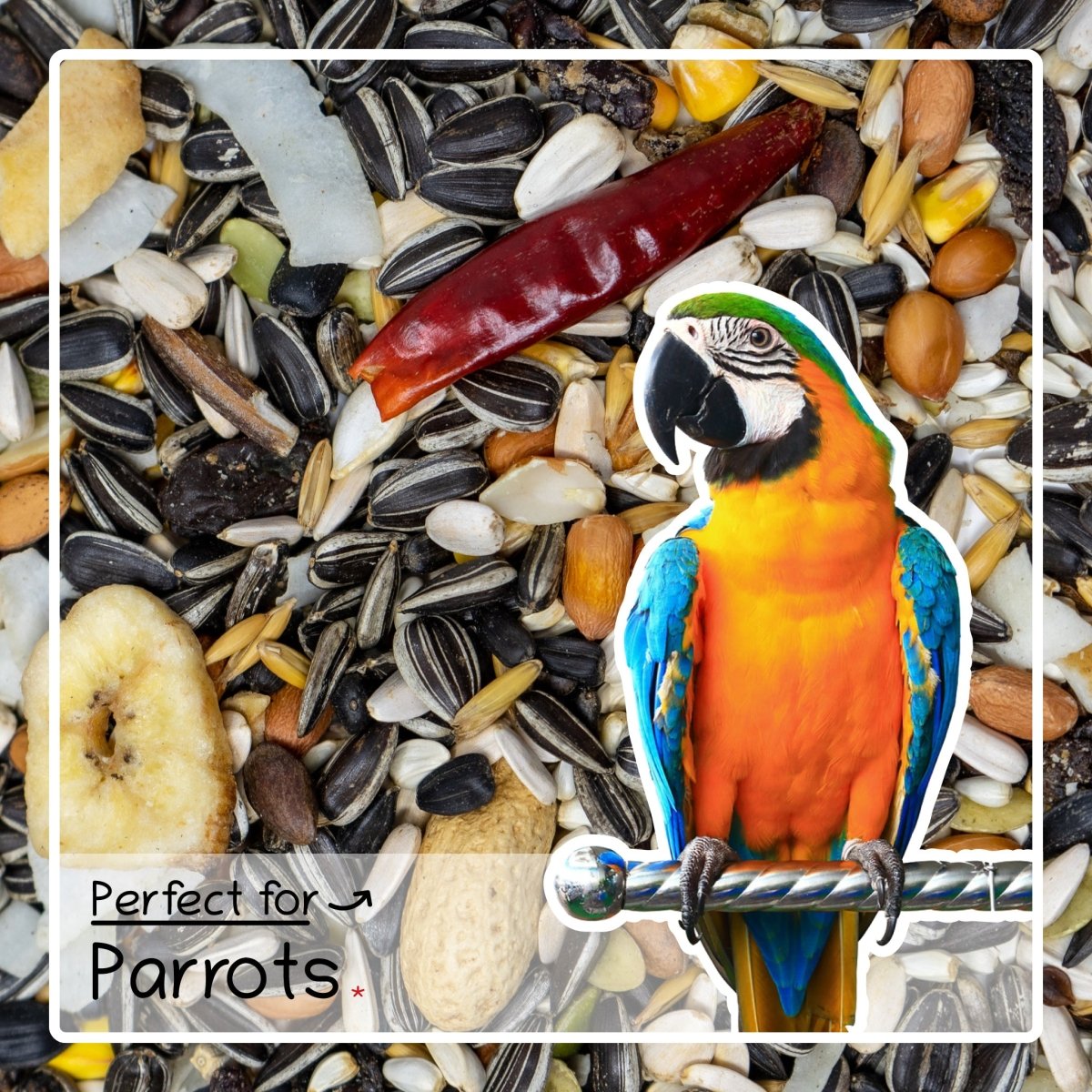
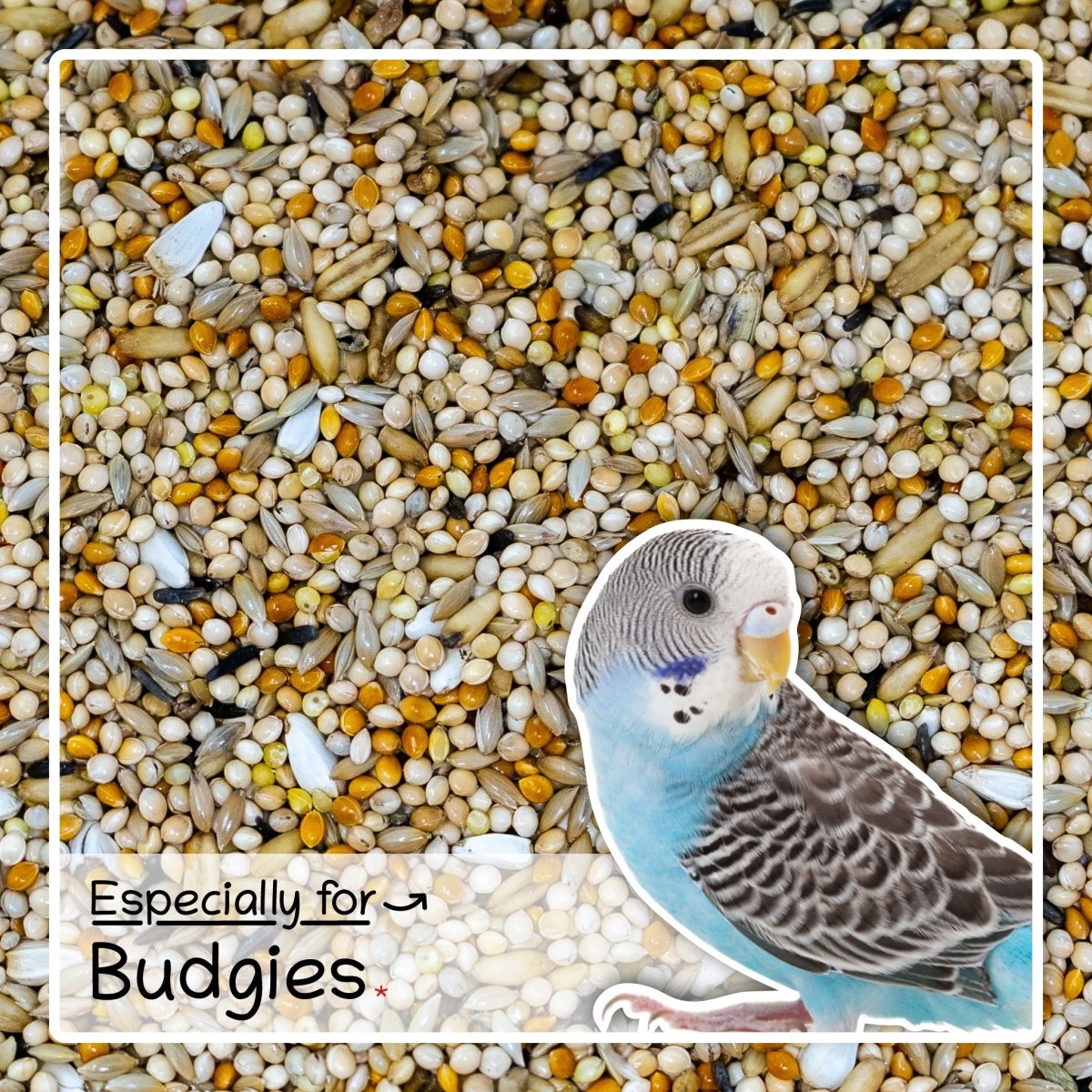
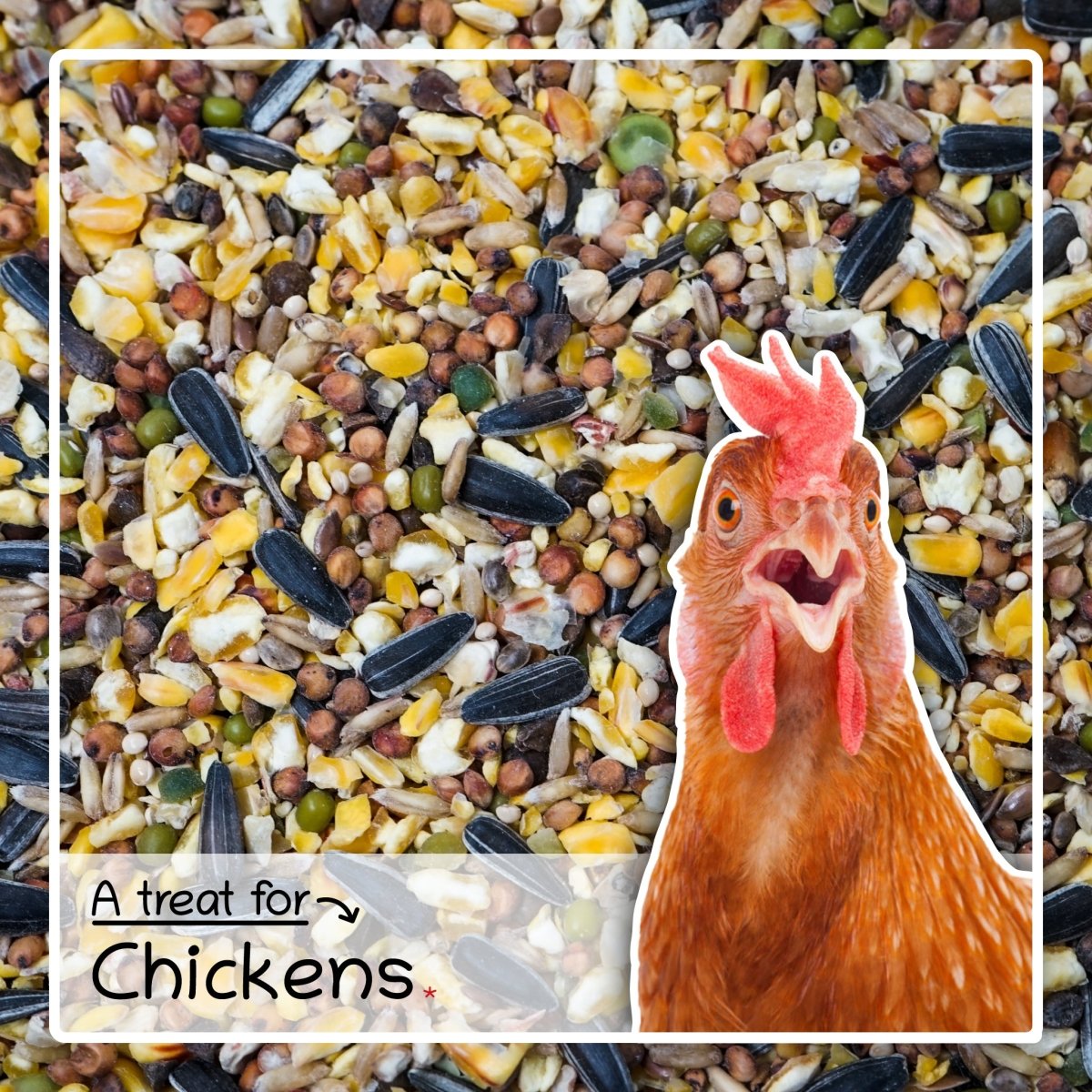
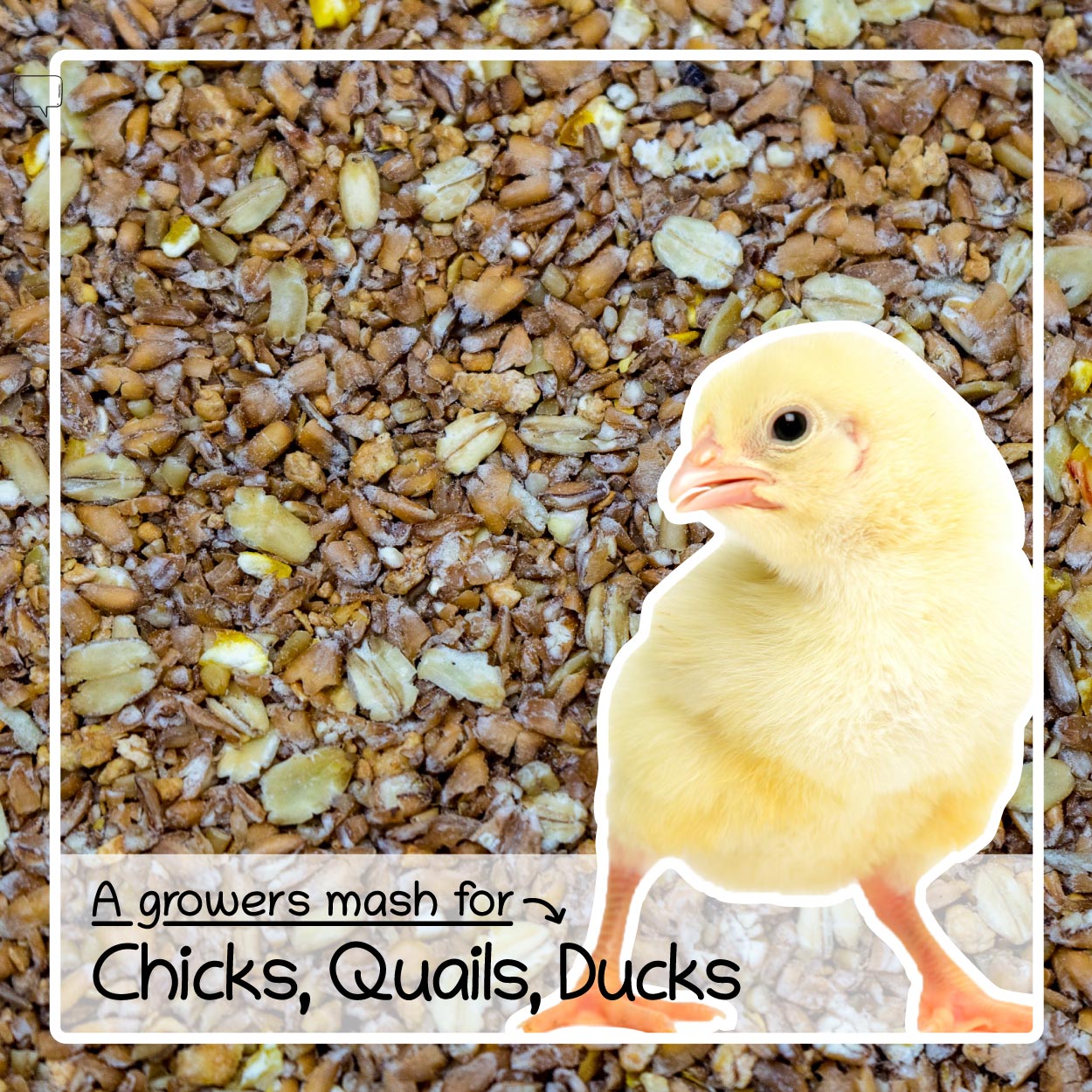
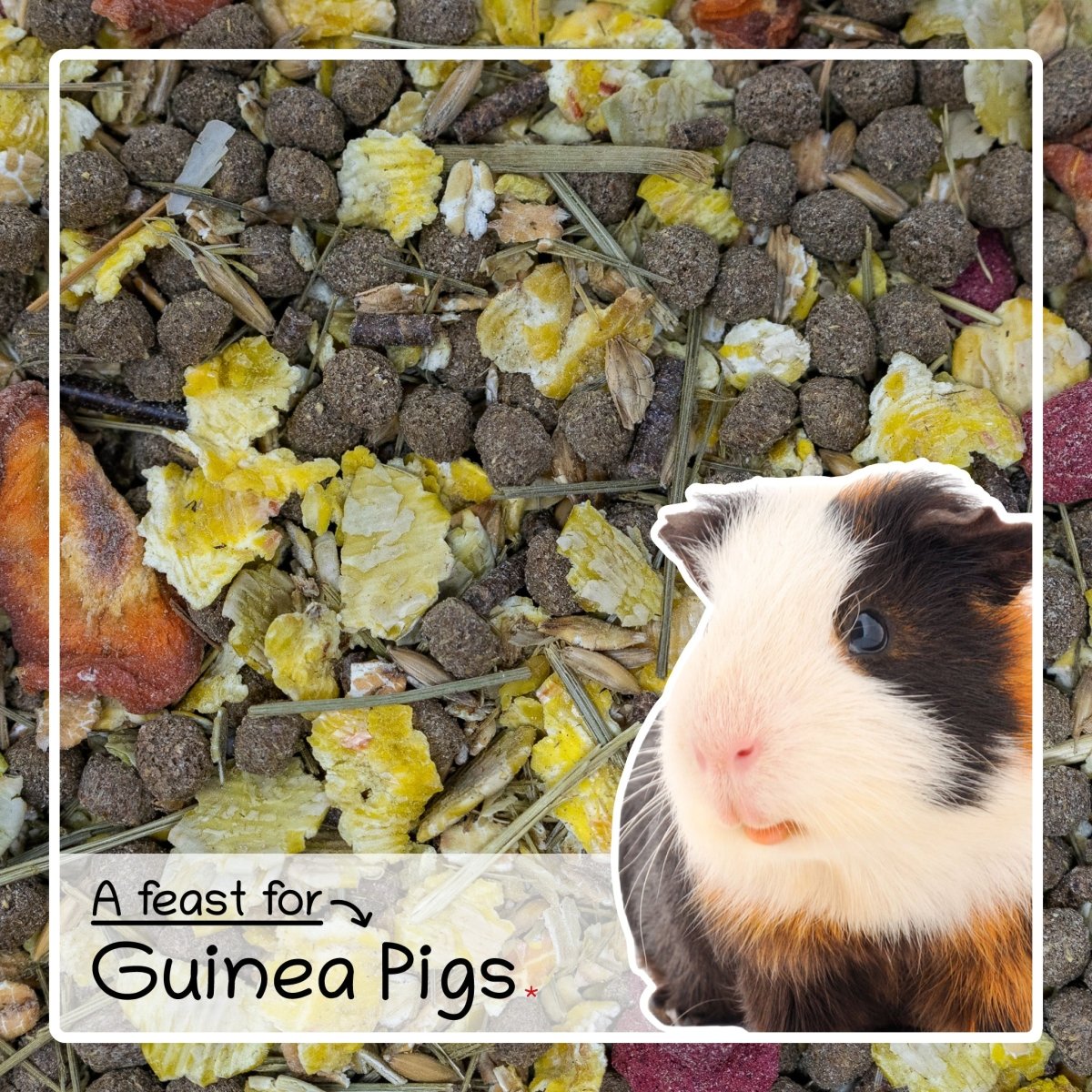
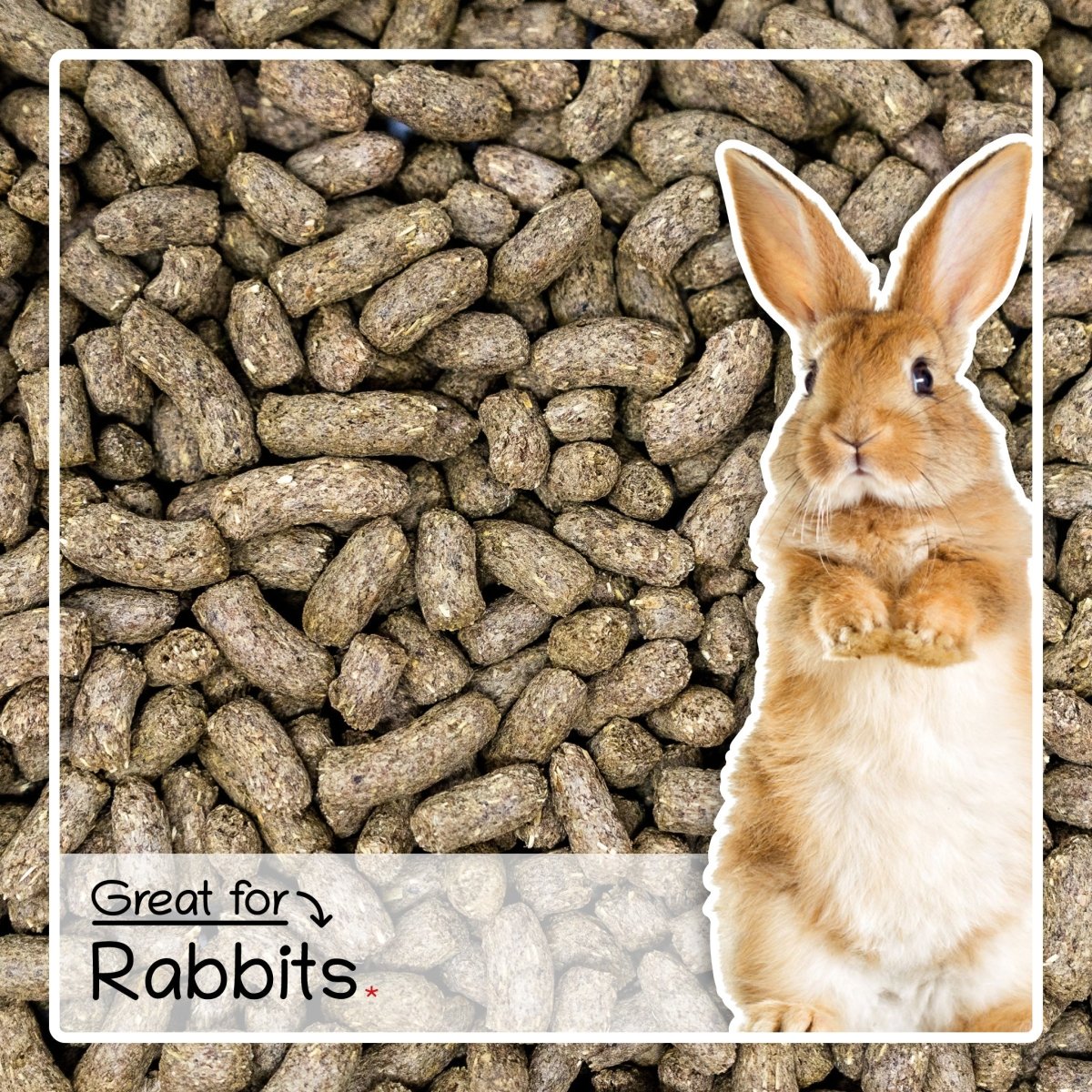
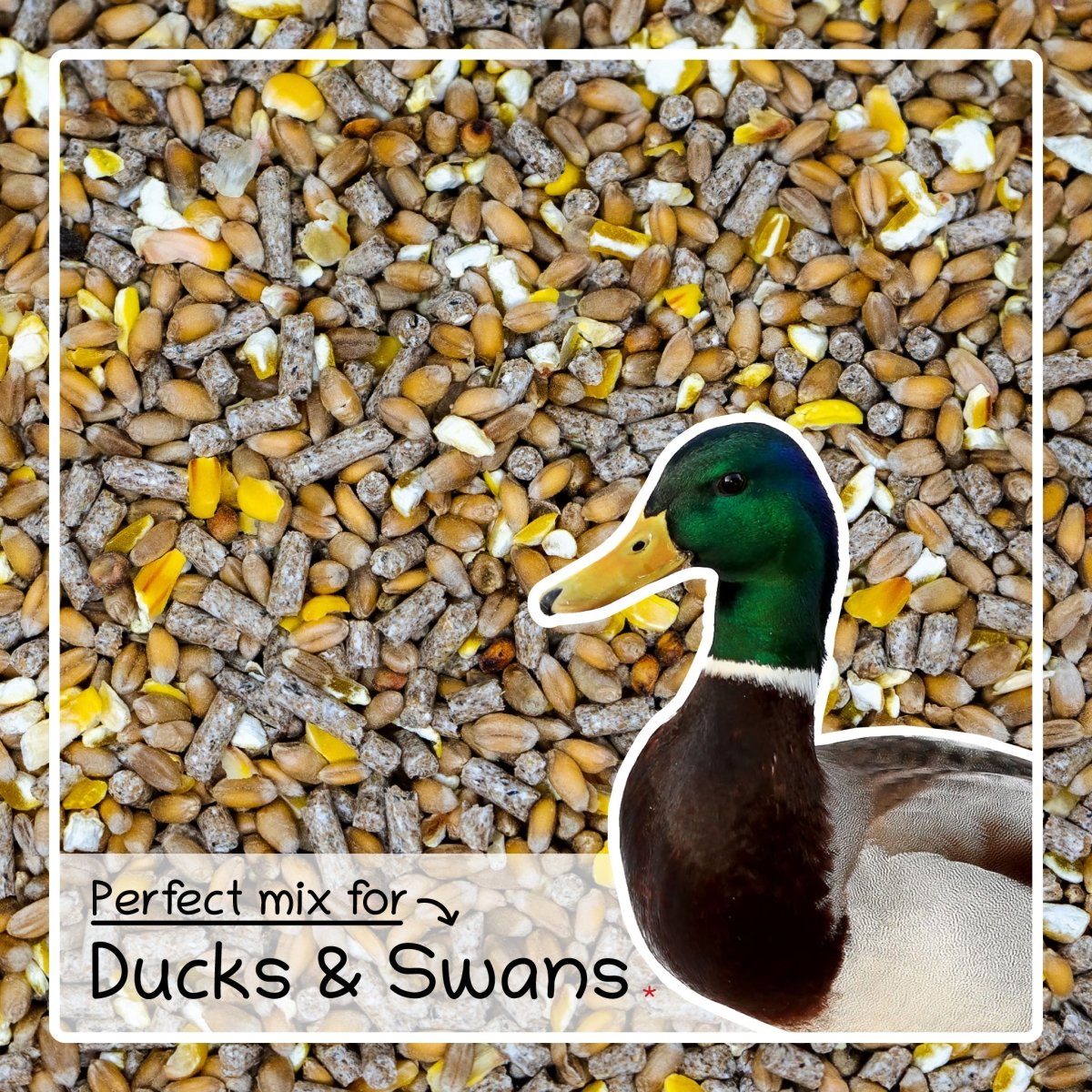
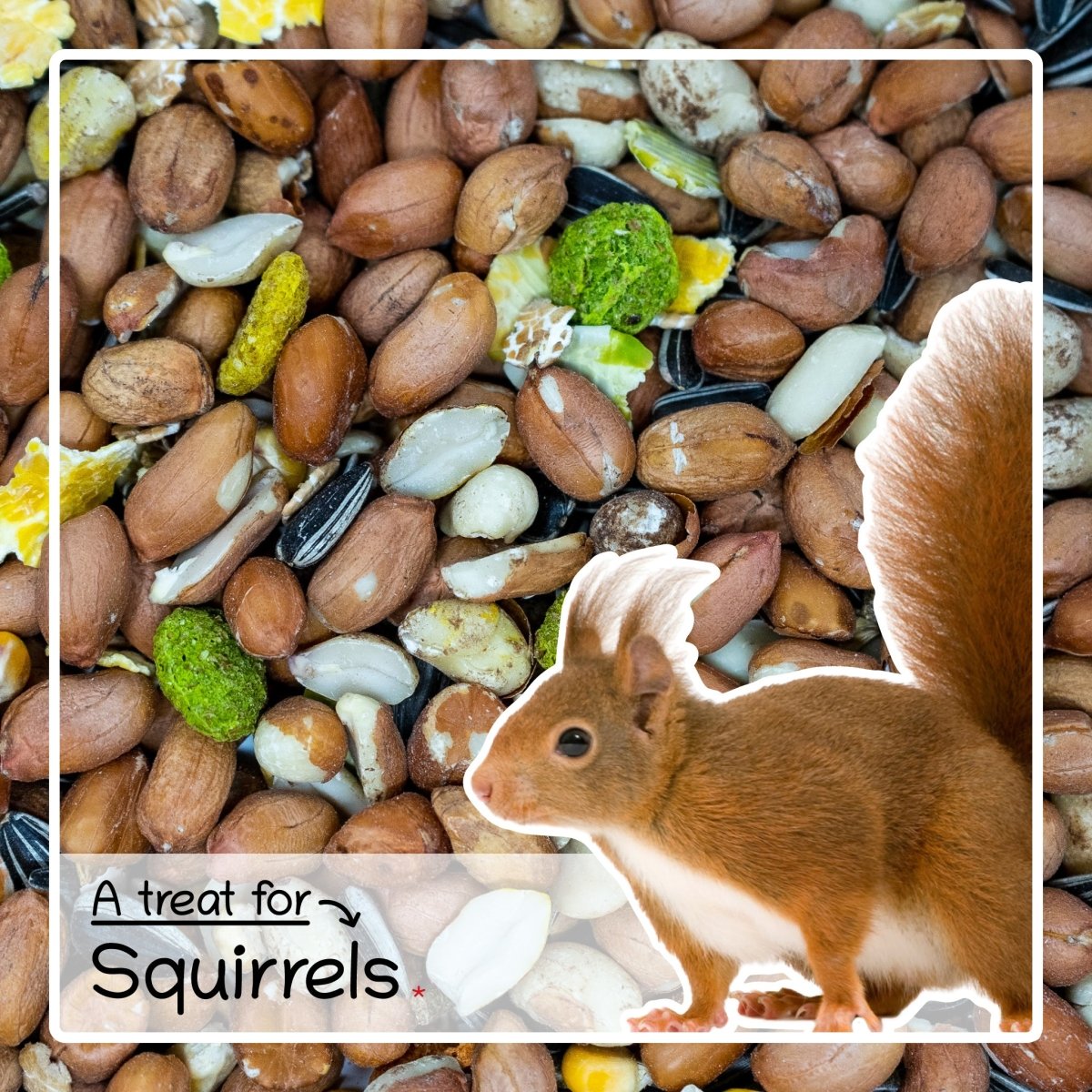


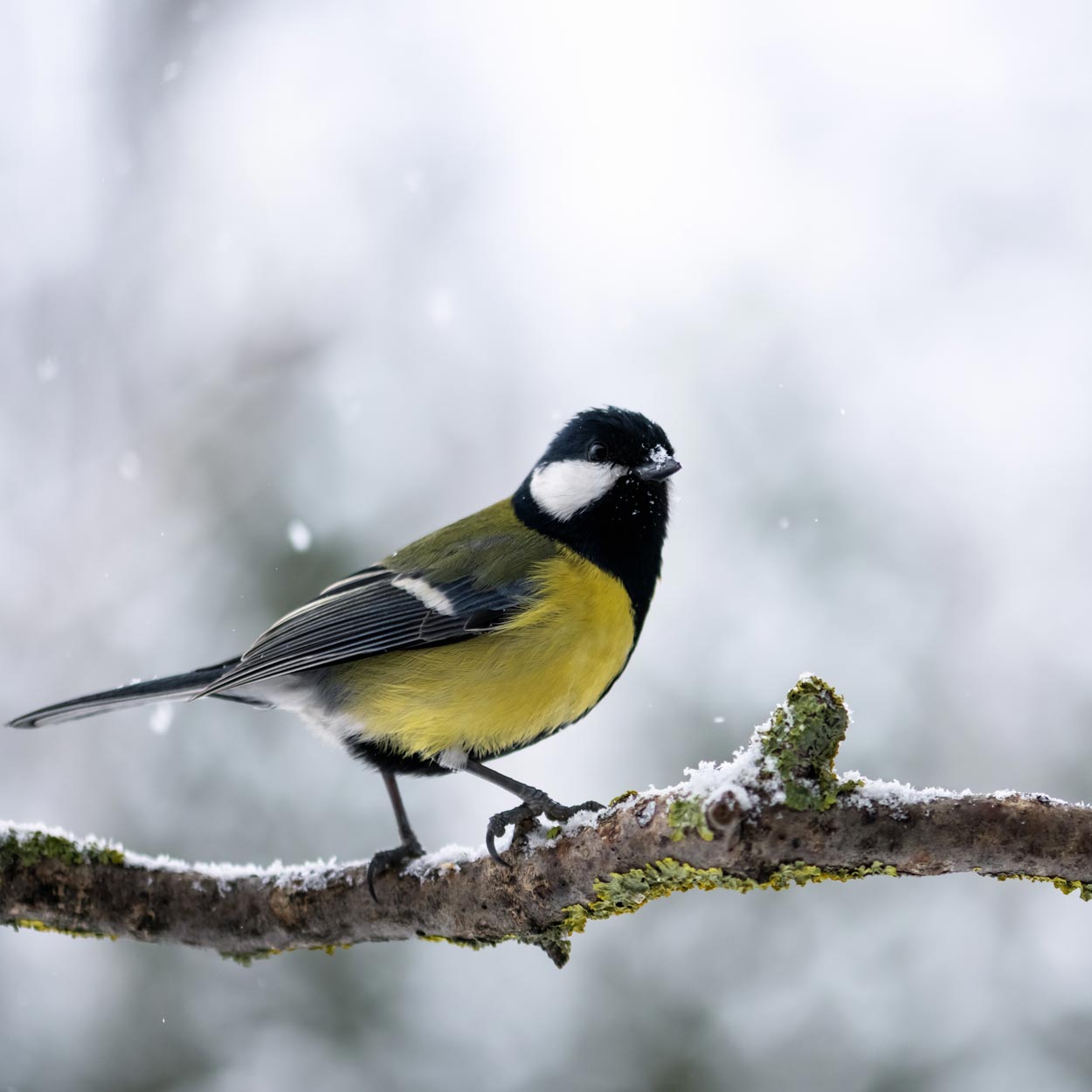
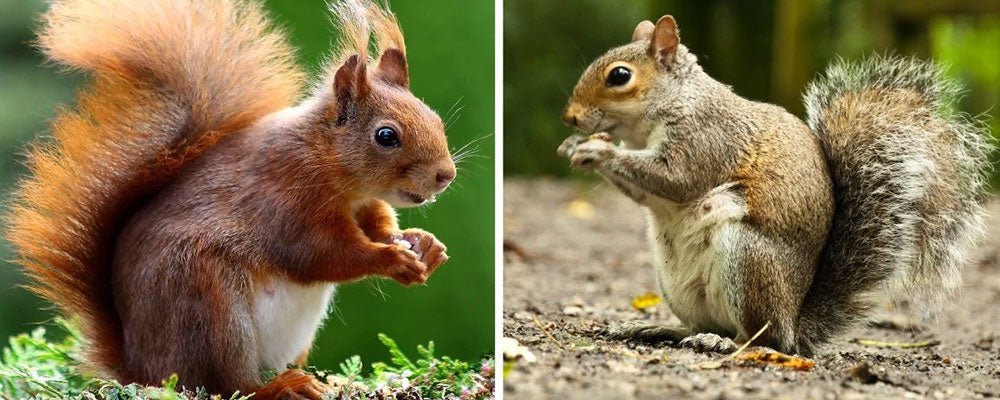
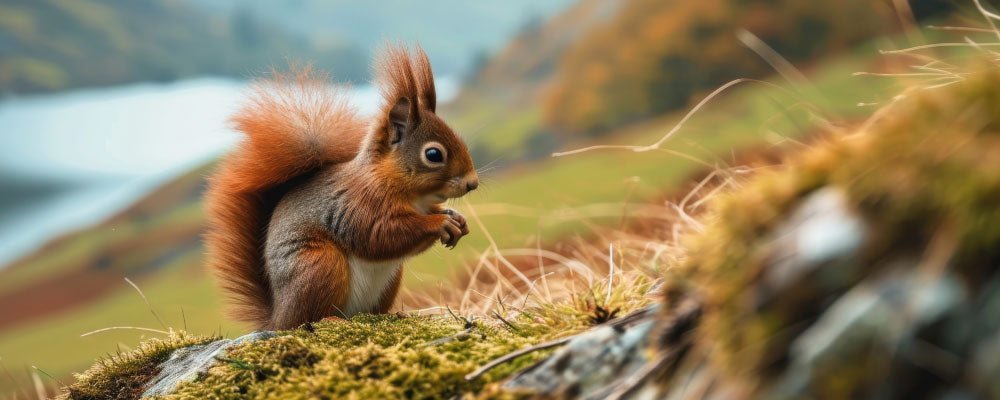
Leave a comment
This site is protected by hCaptcha and the hCaptcha Privacy Policy and Terms of Service apply.